A number of people had listed this as ‘must see’ and I can now understand why. Museums are, as I’ve said, hard to depict because as you wander through them you get a ‘feel’ that doesn’t come through in photos. Like most city museums they are focused on what industry or product helped make that area what it is or was. With the ties to George Stephenson and his son Robert, the rail industry is a focus. Joseph Swan helped make Newcastle one of the first cities to have electric light. So this science/history museum kept me intrigued.
Neville, of the Museum staff, pointed out his propeller. The name of the ship escapes me but whilst sailing across the Atlantic it lost it’s propeller and yet somehow the crew were able to make and mount his one. They drifted for over 30 days and could only do 4 knots one it was installed (apparently they folded the bow to bring the stern up, built scaffolding and mounted the replacement)
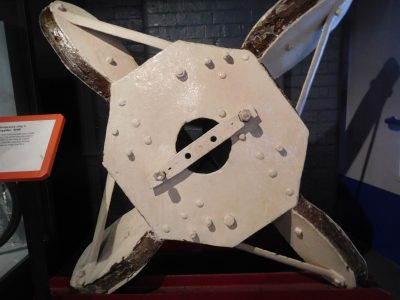
Display of bikes fro contemporary to penny farthing
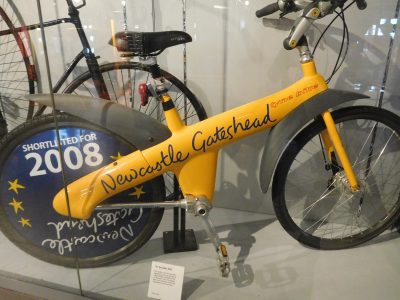
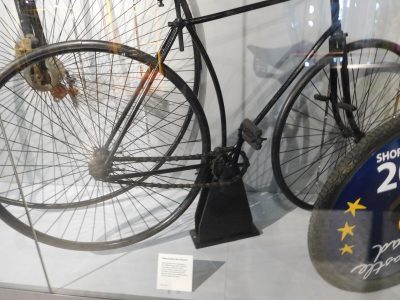
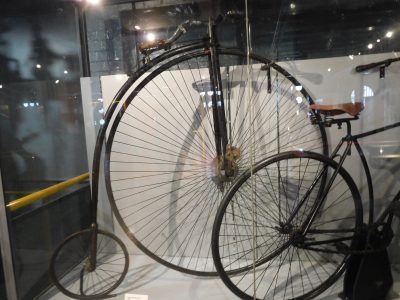
Turbina, the first steam powered turbine ship, was once the fastest boat on the water clocking in in the 1895 at 34.5knots/ 40mph driven by it’s 9 props.
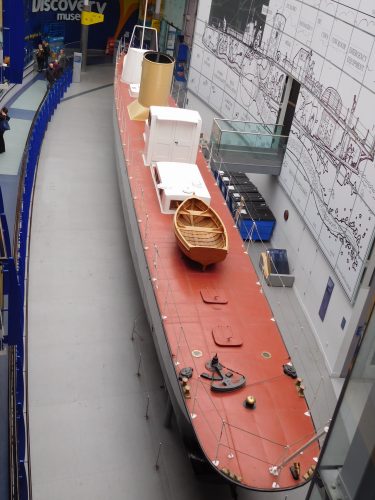
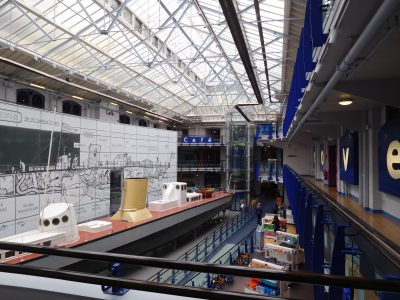
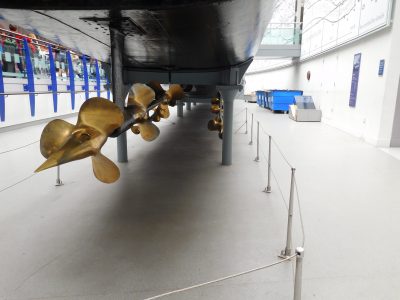
William Armstrong made his impact with guns. His Armstrong No. 1, 1855 was rifled as so was 57 times more accurate than existing ones at 4.5km nearly 3 miles and this oilskin coat is the precursor of the one that I wear in the winter
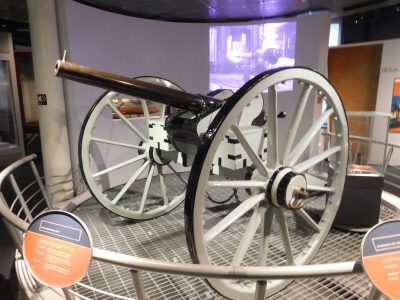
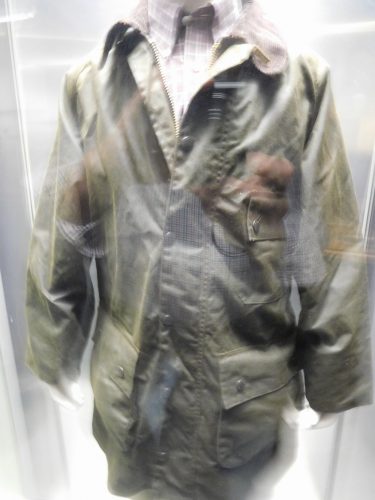
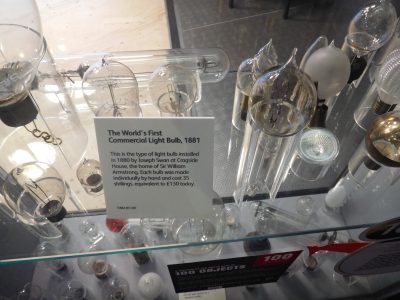
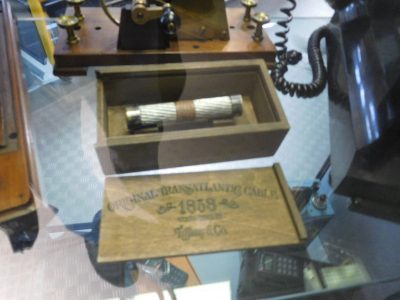
some nice ship models The one on the right is a harbor dredger and the last was an icebreaker built in Newcastle, dismantled and shipped to Lake Baikal in Siberia where it was reassembled
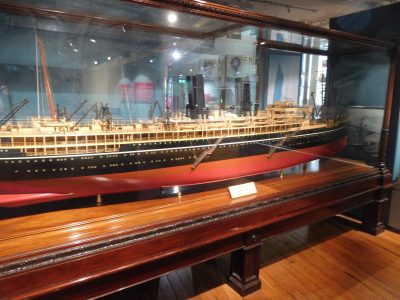
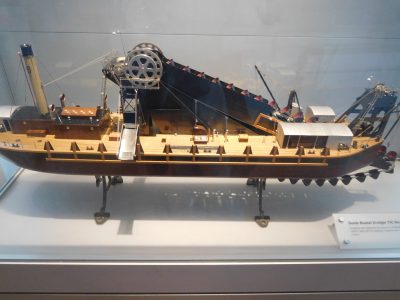
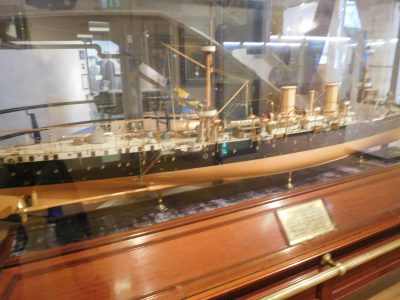
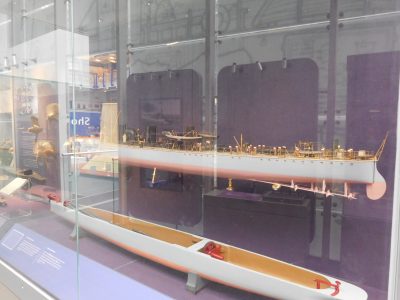
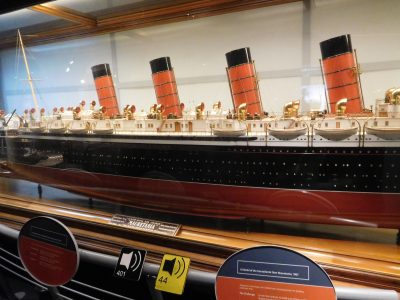
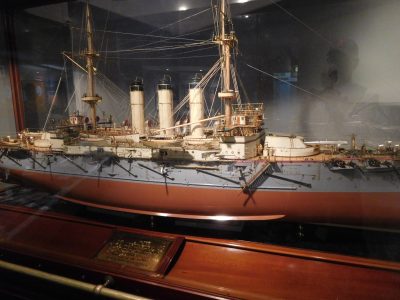
An iron lung and a WWII German enigma code machine which baffled the Allies until the code was broken without German knowledge.
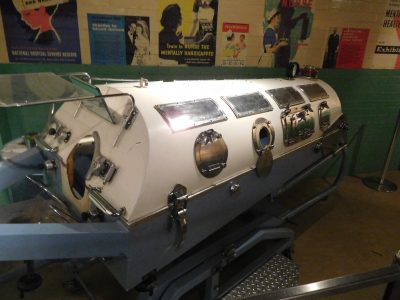
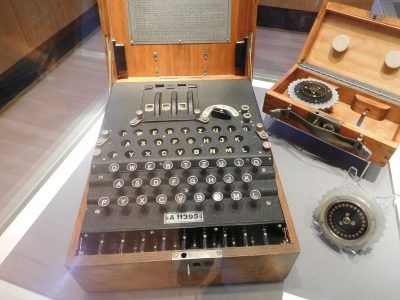
The Scooter was cool but not particularly safe nor the most comfortable in a wettish climate.
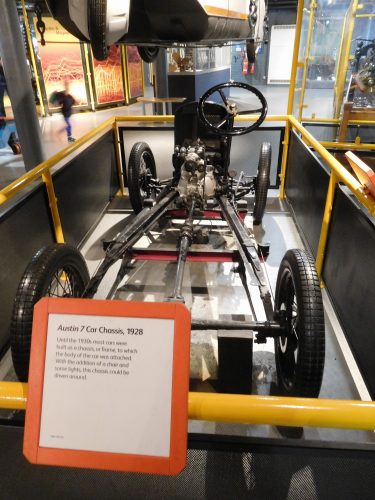
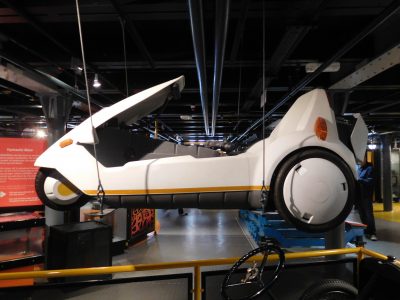
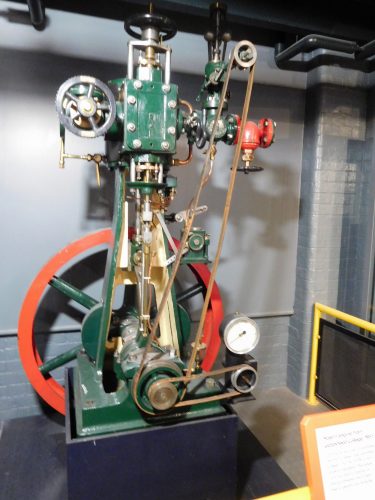
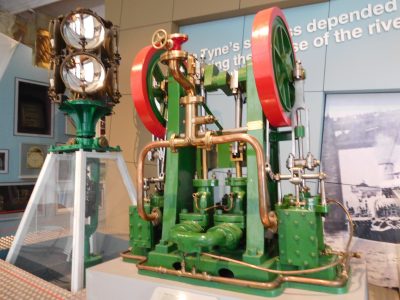
One of the last Armstrong Whitwort car’s it’s £550 purchase prince in 1911 would buy a Porsche Boxter today and passed it’s MOT in the 1980’s
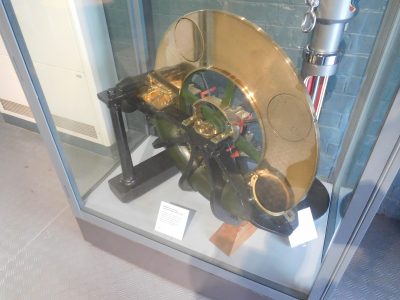
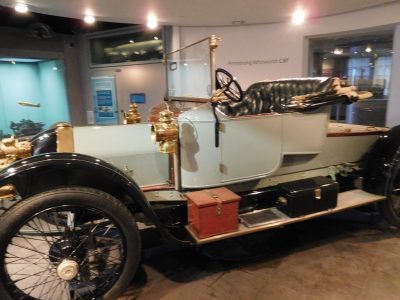
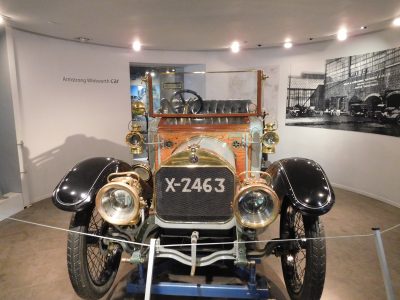
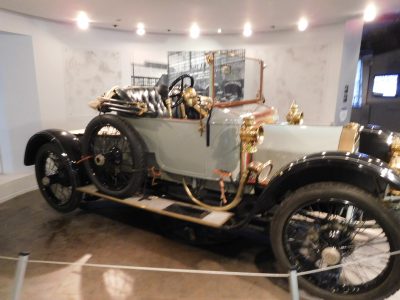
And I spotted this memorial to two great entertainers as I left. along with the tank
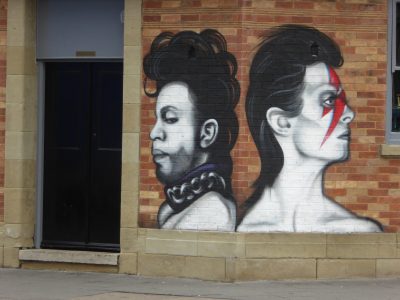
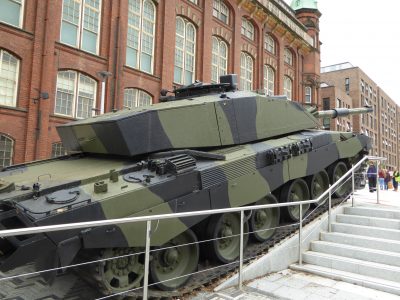
{ 0 comments… add one now }